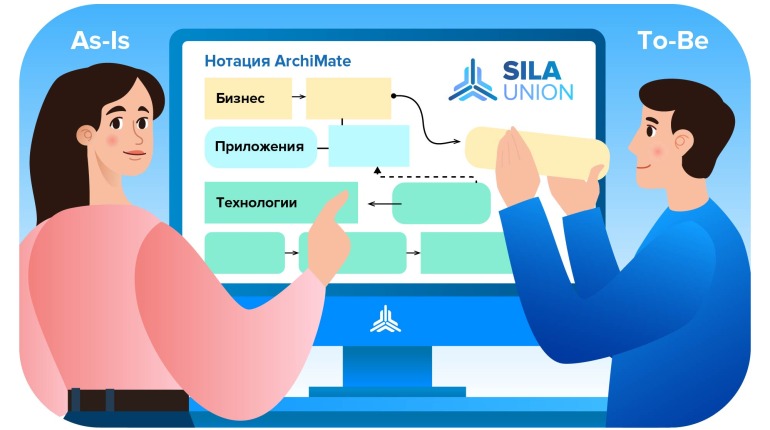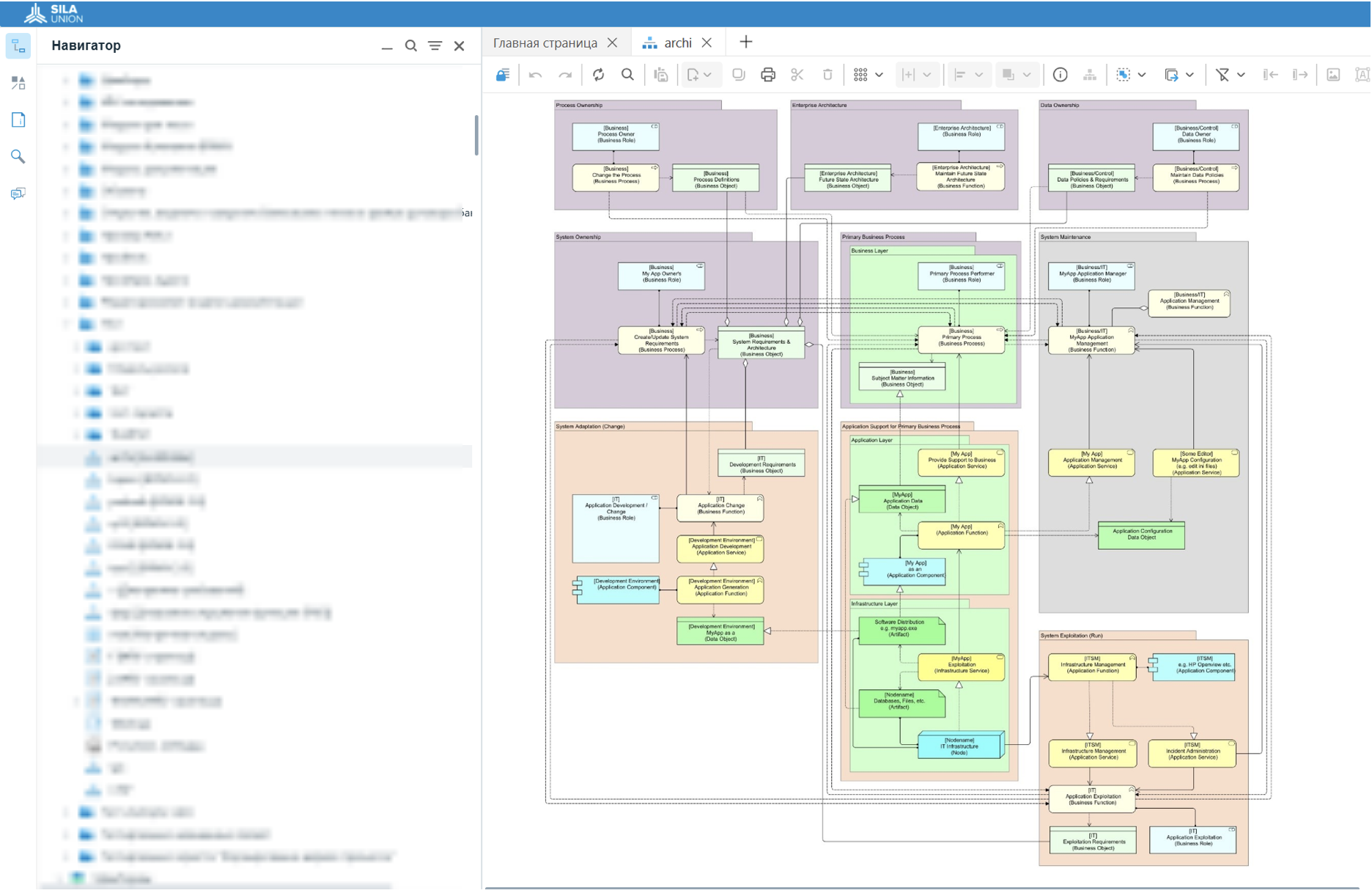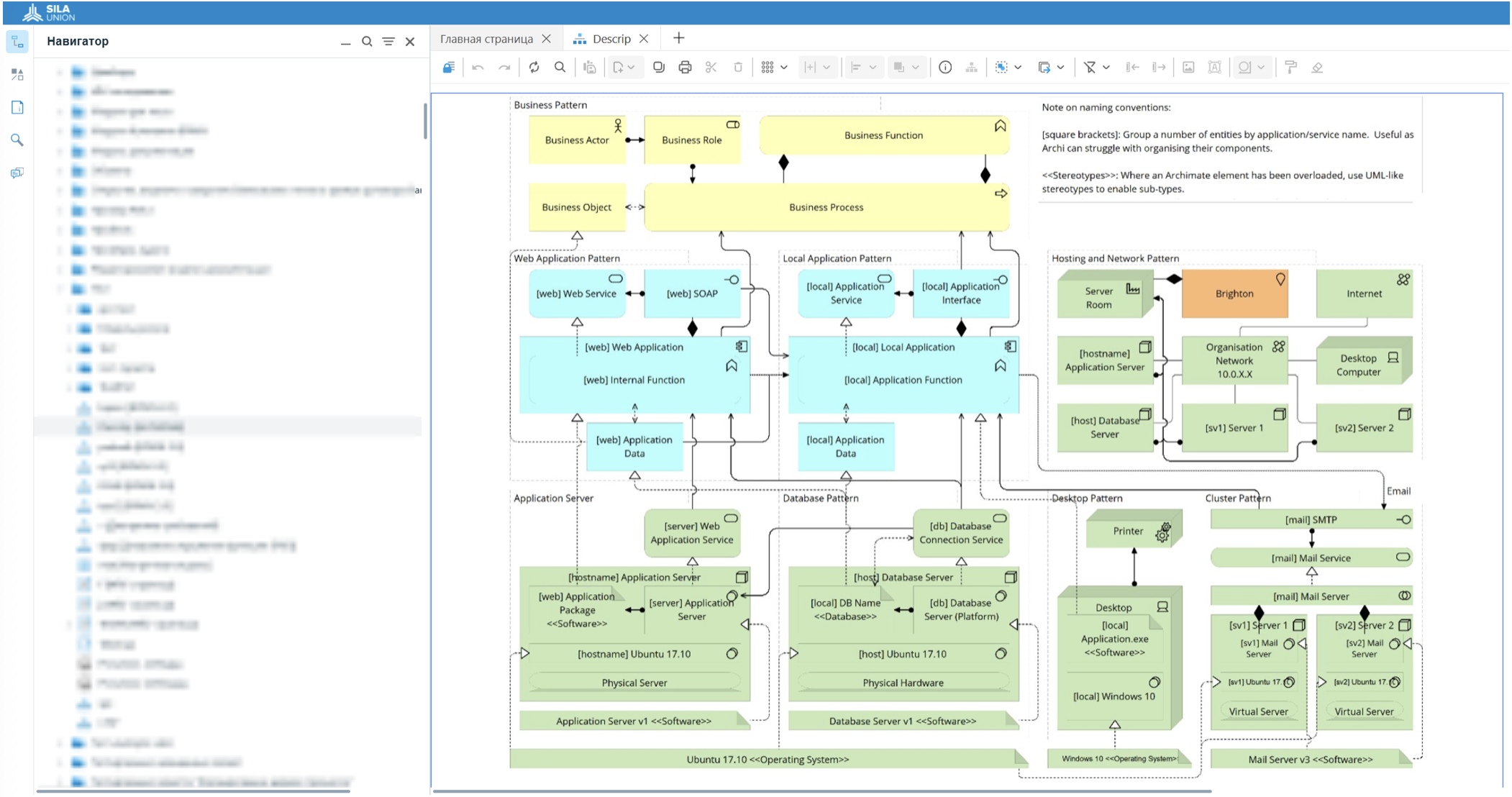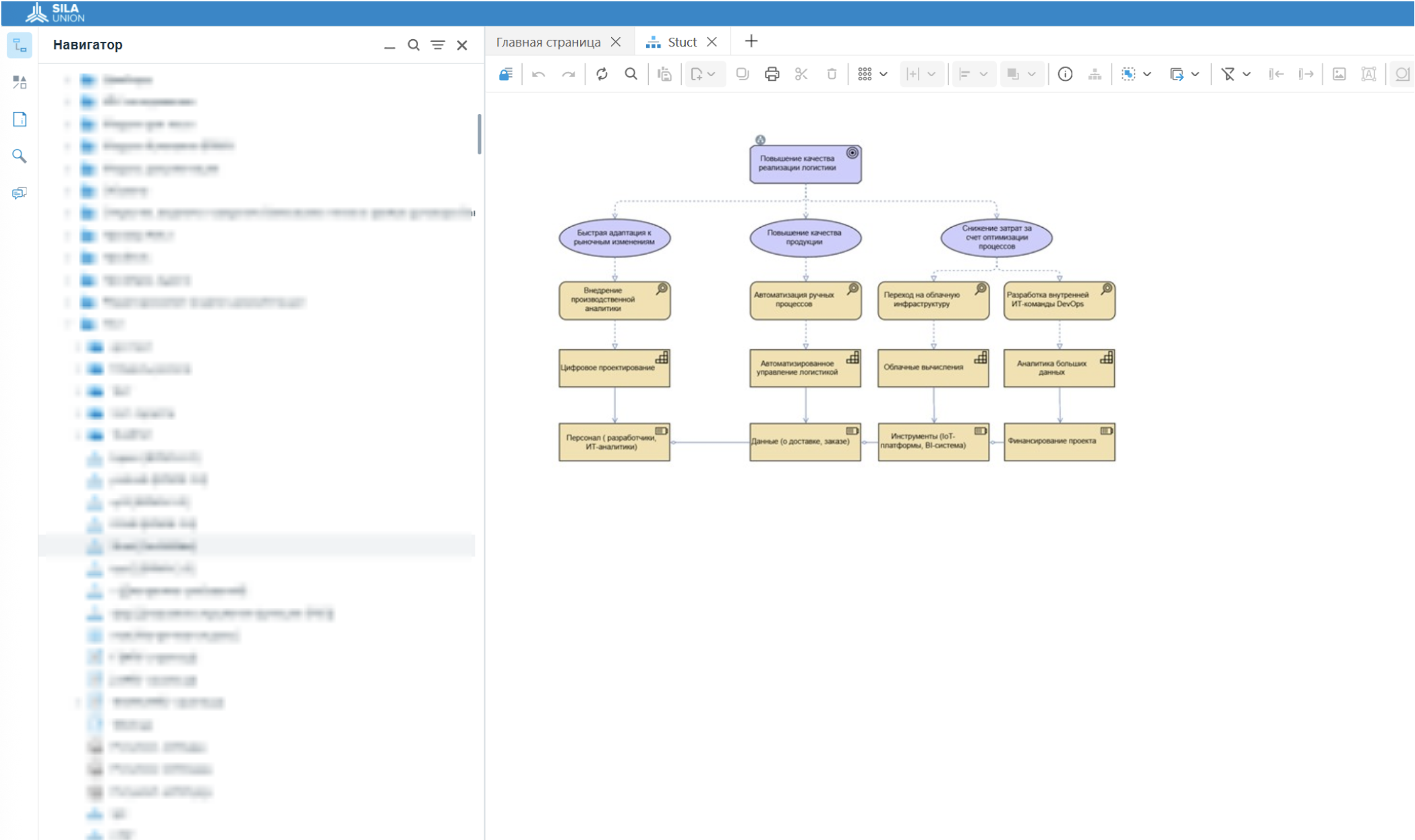
ArchiMate as a Standard for Documenting Enterprise Architecture in the Context of Digital Transformation
In the era of digital transformation, successful change management depends not only on the implementation of advanced technologies but also on a deep understanding of the interconnections between business processes, application systems, and infrastructure. For corporate and IT architects, as well as business analysts, a unified language for describing enterprise architecture is critically important, enabling consistent design, analysis, and optimization of complex organizational systems. ArchiMate has become such a language—an open modeling notation developed by The Open Group and recognized as a global standard in enterprise architecture management.
In the era of digital transformation, successful change management depends not only on the implementation of advanced technologies but also on a deep understanding of the interconnections between business processes, application systems, and infrastructure. For corporate and IT architects, as well as business analysts, a unified language for describing enterprise architecture is critically important, enabling consistent design, analysis, and optimization of complex organizational systems. ArchiMate has become such a language—an open modeling notation developed by The Open Group and recognized as a global standard in enterprise architecture management.
In this article, we will explore the ArchiMate modeling methodology as an effective standard for describing, analyzing, and visualizing enterprise architecture within the SILA Union software.
The Importance of ArchiMate in Managing Digital Transformation
Modern organizations face the constant need to adapt their architecture to changing market conditions, regulatory requirements, and technological trends. However, without a clear understanding of the current state (As-Is) and the target architecture (To-Be), transformation initiatives risk turning into a chaotic set of projects that fail to deliver the expected outcomes.
ArchiMate offers a methodologically rigorous approach to describing enterprise architecture through a system of interconnected layers:
– Business layer (processes, organizational structures, services)
– Application layer (software components, interfaces)
– Technology layer (infrastructure, networks)
– Strategy layer (goals, change drivers)

This modeling language enables not only the documentation of the current state but also the design of future architecture, risk assessment, and the development of a phased transition to the target model (Figure 1).
SILA Union: A Digital Platform for Using ArchiMate
ArchiMate gains particular value when combined with SILA Union—a flexible modeling system that not only supports standard notations but also allows for their adaptation to the specific needs of a company.
Key advantages of SILA Union:
– Customizable notation: new elements can be added, unnecessary ones removed, or custom modeling rules created, while maintaining the rigor of ArchiMate.
– Multiple models: support for various specifications within a single platform, which simplifies the management of complex architectural transformations.
– Visual clarity of complex interrelationships between architecture elements: the ability to show how changes at one level (e.g., business processes) affect others (organizational structure, roles, infrastructure), which is critically important for alignment between business and IT. For example, it is possible to visually demonstrate how a change in a business process will affect the application systems used, or which infrastructure components need to be upgraded when transitioning to cloud services.
Why choose SILA Union for working with ArchiMate?
Unlike rigidly regulated tools, SILA Union gives architects creative freedom without compromising methodological rigor. This allows companies not only to describe architecture but also to manage its evolution, minimizing risks and accelerating transformation.
Thus, the combination of ArchiMate and SILA Union is not just a modeling tool, but a strategic asset that enables companies to move confidently into the future.
Structural Elements and Relationships in ArchiMate
The ArchiMate notation operates with three main categories of elements. Active Structure Elements include business actors (departments, roles), application components (software systems), and infrastructure nodes (servers, devices). These elements perform actions and are the actors of the architecture.
Behavioral Elements describe processes, functions, and events. For example, the business process "Order Processing" or the service "Credit Check." These elements are dynamic and reflect the organization’s activity.
Passive Structure Elements refer to data, documents, and physical resources upon which actions are performed. They are not active by themselves but are critically important for business operations.
Relationships between elements make it possible to model complex dependencies. Connections such as "association," "influence," "realization," and "assignment" help architects accurately reflect how business processes depend on application systems, what data is used in particular operations, and how changes at one architecture level will affect others (Figure 2).
Practical Application of ArchiMate in the Corporate Context
Analysis of the Current State (As-Is): Accuracy and Efficiency
One of the most in-demand use cases for ArchiMate is the analysis of the current architecture state (As-Is). A detailed model helps identify function duplication, outdated systems, and manual operations that could be automated.
In this context, SILA Union significantly simplifies the work thanks to its built-in “Directory” model, which provides:
– Full representation of all architecture objects and their attributes
– Intelligent search for duplicate elements, reducing analysis time
For example, in financial organizations, such analysis often reveals excessive data transfer and verification performed manually due to a lack of integration between systems.
Designing the Target Architecture (To-Be): From Strategy to Implementation
Designing the target architecture (To-Be) using ArchiMate allows companies to align strategic goals with specific changes in processes and technologies.

Modeling the target state helps define:
– What new systems and technologies will be required
– How data flows and business processes will change
– What integrations need to be implemented
This is especially important when transitioning to cloud platforms or implementing artificial intelligence technologies, where traditional architectural approaches may prove ineffective (Figure 3).
SILA Union supports this process by providing tools for visualization and analysis of architectural scenarios, helping to avoid mistakes at the design stage.
Transformation Planning: A Safe Transition from As-Is to To-Be
ArchiMate is indispensable when planning phased changes. Architects can:
– Identify critical stages of transformation
– Forecast risk points
– Determine dependencies between projects
– Optimize the sequence of solution implementation
For example, migrating to a new ERP system may require prior data consolidation, while implementing a digital customer interaction channel may involve changes to back-office processes.

Tool Ecosystem and Integration with Other Standards: SILA Union as a Key Solution
Among tools that support ArchiMate, SILA Union stands out as a professional, enterprise-grade commercial platform. It offers not only visual modeling and diagram creation but also advanced capabilities:
– Built-in analysis tools
– Simulation modeling
– Change impact assessment
– Generation of complex reports for stakeholders
It is important to note that ArchiMate does not exist in a vacuum—it complements other architecture management standards, such as TOGAF, which is also supported in SILA Union. TOGAF provides a methodology for enterprise architecture development, while ArchiMate offers a precise language for describing it. This combination makes it particularly valuable for organizations adopting comprehensive enterprise architecture and IT governance standards.
Conclusion: ArchiMate in SILA Union as the Foundation of Architectural Thinking and Management Practice
In the context of accelerating digital transformation, an organization’s ability to effectively manage its architecture becomes a critical competitive advantage.
SILA Union combines the capabilities of the ArchiMate standard with an innovative approach to modeling, offering architects and business analysts not just a methodology but a comprehensive ecosystem for design, analysis, and change management. The flexibility and versatility of SILA Union make it possible not only to document the current state of architecture but also to explore new horizons.
The use of ArchiMate notation in the SILA Union system allows a shift from reactive problem-solving to proactive management of enterprise architecture evolution. Companies that have adopted ArchiMate into their architectural governance practices gain the ability to make better-informed decisions, reduce risks in transformation programs, and ensure alignment of changes at all levels—from business strategy to technological implementation.
For professional architects, mastering ArchiMate is not just about learning another standard—it is about developing a key professional skill that enables them to speak the same language as both business and IT, translate strategic initiatives into concrete architectural solutions, and ultimately create real value for their organization in its digital transformation.





